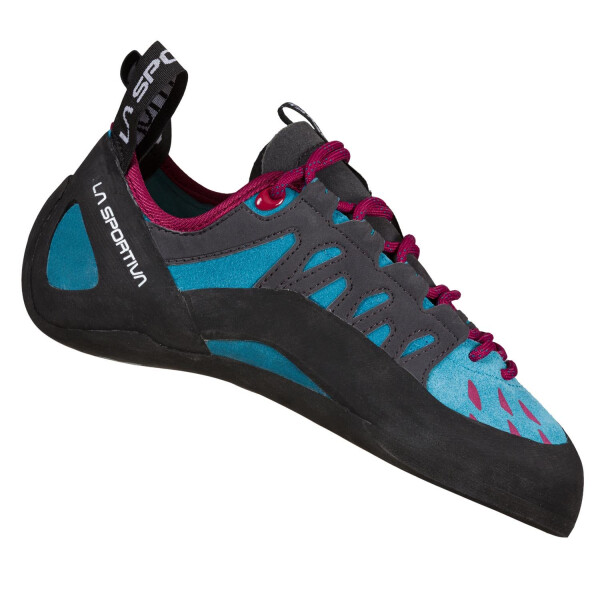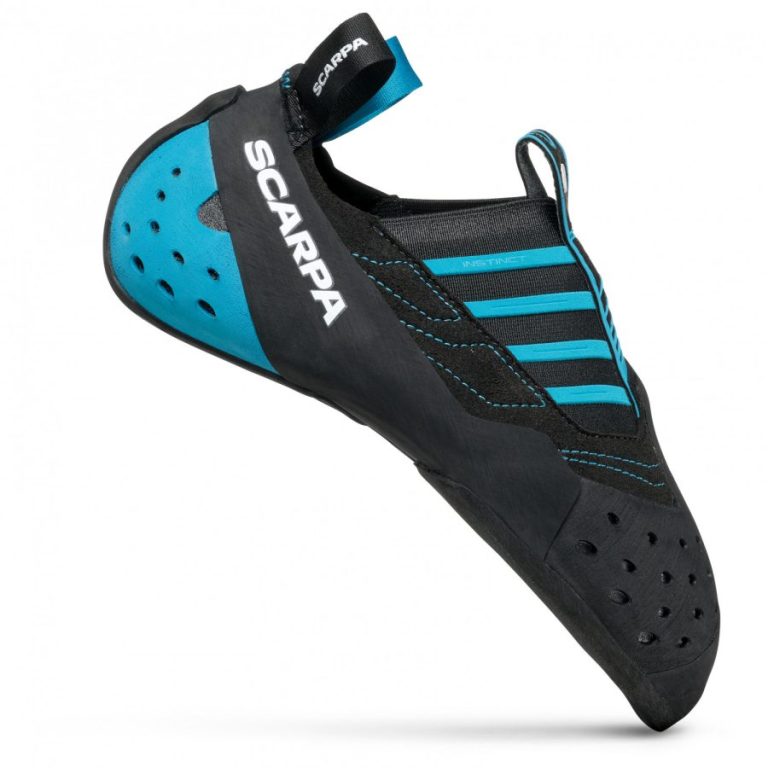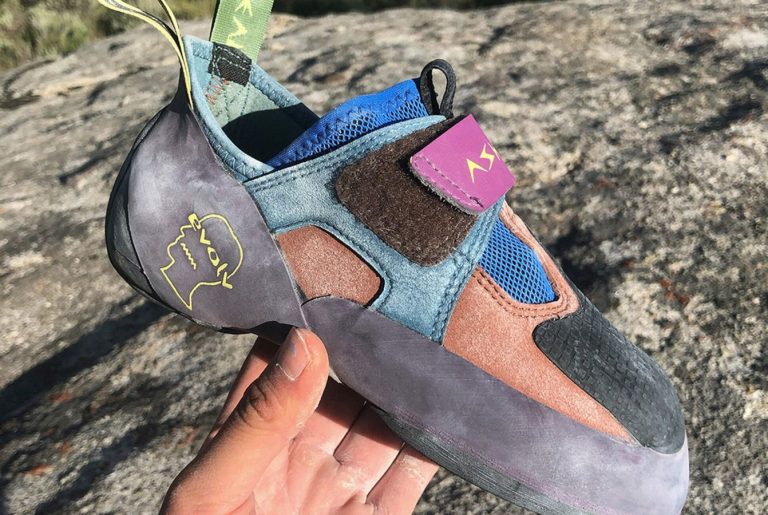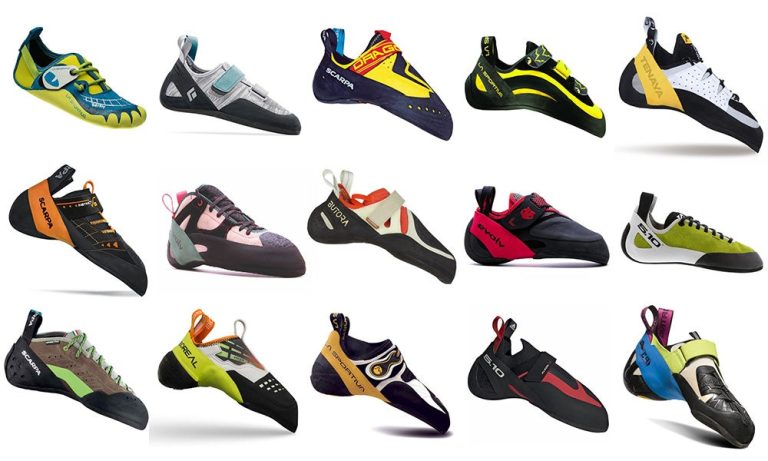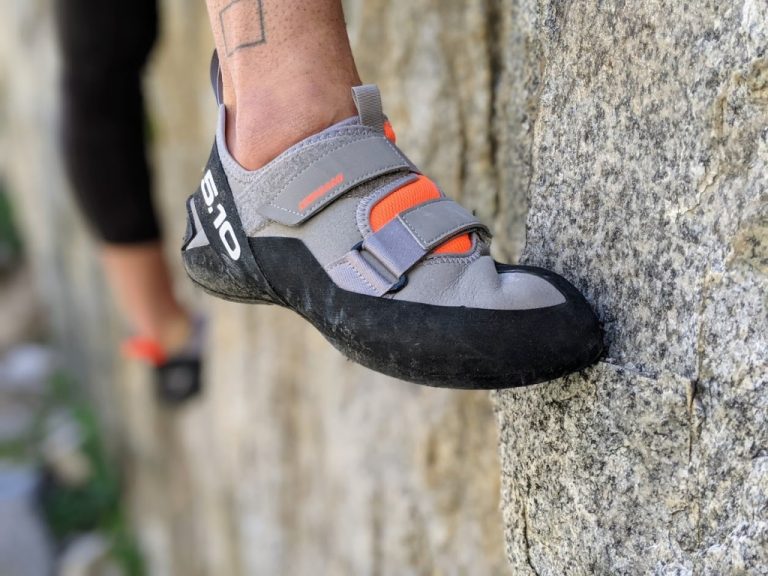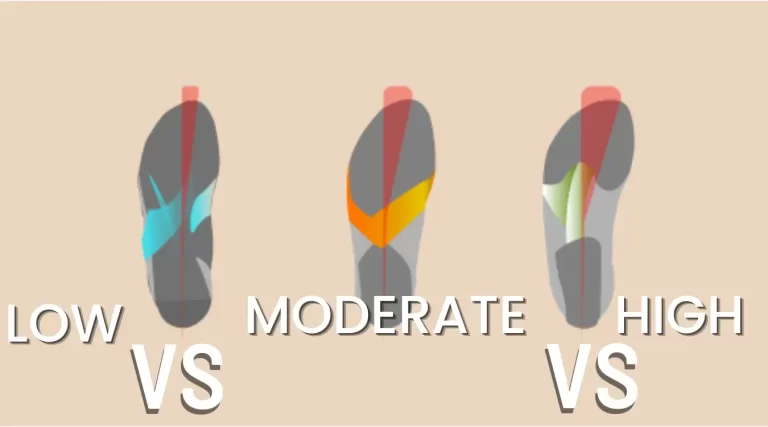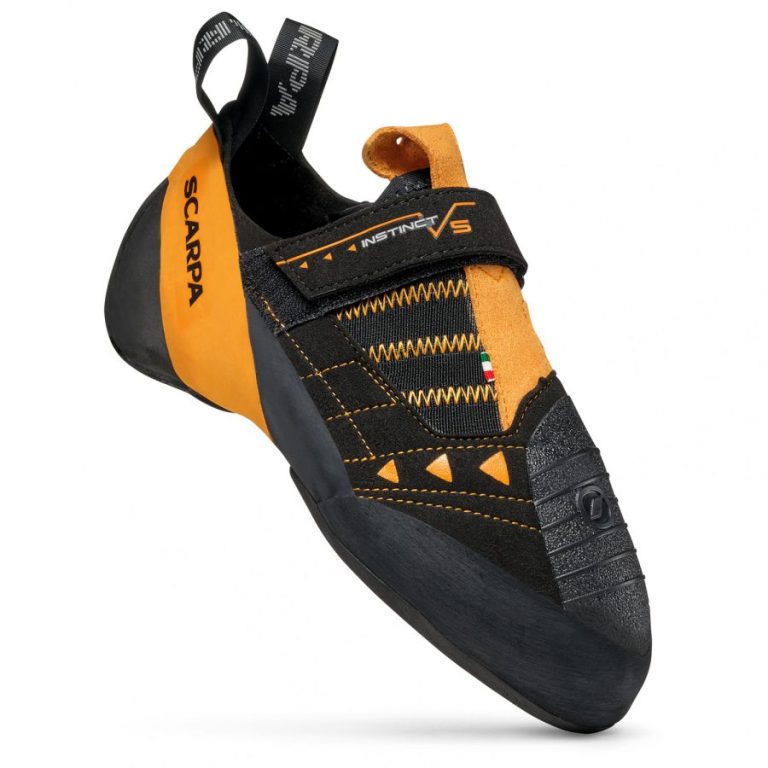The Evolution of Women Climbing Shoes: A Journey of Innovation
Climbing, a sport that demands precision and agility, relies heavily on the gear used, especially the climbing shoes. While we often take it for granted today, the concept of women-specific climbing shoes is a relatively recent innovation in the climbing world. In this article, we will explore the fascinating history and evolution of women’s climbing shoes, from their humble beginnings to the high-performance models we have today.
The Early Days: One Size Fits All
In the early 2000s, the climbing community adhered to a simple mantra: “every shoe fits, so long as it’s small enough.” Climbers, regardless of gender, made do with the available options, which were primarily designed with male feet in mind. It was an era where the concept of gender-specific climbing shoes was virtually non-existent.
The Boreal Firé: A Game Changer
The turning point in climbing shoe history came in 1979 with the release of the Boreal Firé. This revolutionary shoe introduced a rubber compound specifically designed for climbing, opening up new possibilities in the sport. It played a pivotal role in the early days of climbing, with climbers like John Bachar singing its praises.
The 1980s: A Golden Era of Innovation
The 1980s marked a golden era in climbing shoe development. La Sportiva introduced futuristic creations like the Mariacher and Ballerina, while Boreal brought slip-lasted construction to the industry. Charles Cole’s Stealth rubber, used by Five Ten, quickly gained recognition, establishing them as a leading climbing shoe manufacturer.
La Sportiva and Five Ten’s Continued Innovation
La Sportiva and Five Ten continued to push the envelope in climbing shoe design well into the 21st century. Models like the Miura and Anasazi Lace-up became iconic in the climbing world. However, during this exciting period of development, little information was available about women-specific climbing shoes.
The Anatomy of Feet: Does Gender Matter?
Feet come in all shapes and sizes, irrespective of gender. This led climbers to question whether gender truly mattered when it came to climbing shoes. Many climbers started mixing and matching shoes, regardless of intended gender use. Some manufacturers even began focusing on high- or low-volume variations rather than gender-specific models.
A comprehensive study in 2001 evaluated over 8,000 participants and found significant differences in the shape characteristics of men’s and women’s feet, particularly in areas surrounding the arch, first toe, and ball of the foot. This study emphasized the importance of considering these differences in the design and manufacturing of women’s sports shoes.
The Emergence of Women-Specific Climbing Shoes
The hunt for the origin of women-specific climbing shoes led us to Heinz Mariacher, a renowned figure in climbing shoe design. In 2003, La Sportiva introduced the Mythos Lady, featuring a softer rubber outsole tailored for lighter climbers. This shoe was a significant step towards women-specific design.
However, Five Ten’s catalog from 1997 revealed the existence of the Five Ten Diamond, with a narrow heel, higher arch, and low-volume instep designed to fit a woman’s foot shape. The Diamond marked a groundbreaking moment as it balanced performance and comfort for women climbers.
The Industry Follows Suit
While Five Ten blazed the trail, it took some time for other manufacturers to catch up. Evolv launched the Rockstar in 2004, and Boreal introduced their first women-specific shoes in 2007. These early models typically followed a neutral last and lace closure design.
However, it was Heinz Mariacher’s move to Scarpa in 2006 that truly revolutionized women’s climbing shoes. Scarpa introduced high-performance models like the Rockette and Sphinx, catering specifically to lower-volume feet. These shoes introduced groundbreaking features that have since influenced the design of other high-performance climbing shoes.
The Ongoing Evolution
Today, every climbing shoe manufacturer offers a range of options to accommodate feet of all shapes and sizes, regardless of gender. The history of climbing shoes is an ever-evolving story, with each passing year bringing new innovations to help climbers, both men and women, push the boundaries of their sport.
In conclusion, the journey of women-specific climbing shoes reflects the spirit of innovation and inclusivity in the climbing community. These shoes have come a long way from the early days when climbers made do with whatever was available. As the sport continues to grow, we can expect even more exciting developments in climbing shoe technology, making the climb safer and more enjoyable for all.
FAQs
- Are women-specific climbing shoes really necessary? Women-specific climbing shoes can offer a better fit and performance for women climbers due to differences in foot shape.
- Can men use women-specific climbing shoes? While designed for women, men can use women-specific climbing shoes if they find them comfortable and fitting.
- What should I consider when choosing climbing shoes? Consider your foot shape, climbing style, and shoe type (neutral, moderate, aggressive) when selecting climbing shoes.
- Are women’s climbing shoes less durable? Women’s climbing shoes are not inherently less durable. Durability depends on the specific brand and model.
- Can I use climbing shoes for other activities? Climbing shoes are designed for climbing and may not be suitable for other activities. It’s best to use them solely for climbing.
